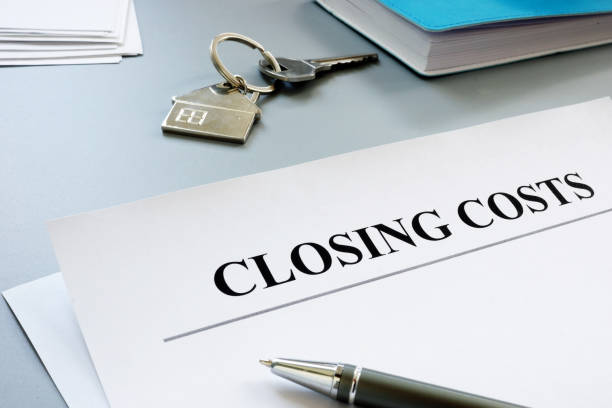You’ve heard it before: buying a home may be the largest purchase you
will ever make. Does that make you nervous? Consider this: it can also be
one of the best investments you will ever make.
From the pride you feel by being a homeowner to the tax deductions
associated with home ownership, the benefits are plenty. If you’re ready
to travel the road toward home ownership, take your first step with me. This article is a resource to help familiarize
you with the home-buying process, and present you with relevant
information, including a list of terms, things to consider when choosing
a home, and a checklist to help you make the right decisions for you.
10 STEPS TO PURCHASING A HOME
1. Choose a real estate agent that's right for you.
2. Know your budget.
3. Explore mortgage options, get pre-approved.
4. Create a remax.ca account and browse homes online.
5. Identify homes you like and schedule home tours.
6. Make an offer.
7. Get a home inspection.
8. Close the deal.
9. Update utilities and transfer services.
10. Move into your new home!
Whether you are moving across town or across the country the real estate market is a big place, and an experienced RE/MAX Agent can help you navigate it. RE/MAX Agents have access to current market information and can help you make informed decisions about the areas and properties that interest you. As you move through the process, your RE/MAX Agent can walk you through confusing paperwork and, of course, assist you in house hunting
Homebuyer's Glossary
By familiarizing yourself with these home-buying basics, you’ll be better equipped to make informed decisions and a wise investment.
1. Amortization: The length of time allotted to
paying off a loan – in home-buying terms, the
mortgage. Most maximum amortization periods
in Canada are 25 years.
2. Balanced Market: In a balanced market, there is an
equal balance of buyers and sellers in the market,
which means reasonable offers are often accepted
by sellers, and homes sell within a reasonable
amount of time and prices remain stable.
3. Bridge Financing: A short-term loan designed
to “bridge” the gap for homebuyers who have
purchased their new home before selling their
existing home. This type of financing is common
in a seller’s market, allowing homebuyers to
purchase without having to sell first.
4. Buyer’s Market: In a buyer’s market, there are more
homes on the market than there are buyers, giving
the limited number of buyers more choice and
greater negotiating power. Homes may stay on the
market longer, and prices can be stable or dropping.
5. Closing: This is the last step of the real estate
transaction, once all the offer conditions outlined
in the Agreement of Purchase and Sale have been
met and ownership of the property is transferred
to the buyer. Once the closing period has passed,
the keys are exchanged on the closing date
outlined in the offer.
6. Closing Costs: The costs associated with
“closing” the purchase deal. These costs can
include legal and administrative fees related to
the home purchase. Closing costs are additional
to the purchase price of the home

7. Comparative Market Analysis: Comparative
market analysis (CMA) is a report on comparable
homes in the area that is used to derive an
accurate value for the home in question.
8. Home Inspection: The home inspection is
performed to identify any existing or potential
underlying problems in a home. This not only
protects the buyer from risk, but also gives the
buyer leverage when negotiating a reduced
selling price.
9. Condominium Ownership: A form of ownership
whereby you own your unit and have an
interest in common elements such as the lobby,
elevators, halls, parking garage and building
exterior. The condominium association is
responsible for maintenance of building and
common elements, and collects a monthly
condo fee from each owner, based on their
proportionate share of the building.
10. Contingencies: This term refers to conditions
that have to be met in order for the purchase of
a home to be finalized. For example, there may
be contingencies that the mortgage loan must
be approved or the appraised value must be
near the final sale price.
11. Deposit: An up-front payment made by the
buyer to the seller at the time the offer is
accepted. The deposit shows the seller that the
buyer is serious about the purchase. This amount
will be held in trust by the agent or lawyer until
the deal closes, at which point it is applied to the
purchase price.
12. Down Payment: The down payment is the
amount of money paid-up front for a home,
in order to secure a mortgage. In Canada, the
minimum down payment is 5% of the home’s
total purchase price. Down payments less
than 20% of a home’s purchase price require
mortgage loan insurance. The selling price,
minus the deposit and down payment, is the
amount of the mortgage loan.
13. Dual Agency: Dual agency is when one agent
represents both sides, rather than having both a
buyer’s agent and a listing agent.
14. Equity: The difference between a home’s market
value and the amount owing on the mortgage.
This is the portion of the home that has been
paid for and is officially “owned.”
15. Fixed-Rate Mortgage: A fixed-rate mortgage
guarantees your interest rate and for a predetermined amount of time, typically 5 years.
When the term expires, you have the option
to stay with the same lender or switch to a
different one.
16. Land Transfer Tax: This is the tax payable by
the buyer to the province and/or municipality
in which the transaction occurred upon
transferring land. The amount varies depending
on the region, the size of the land and other
factors.
17. High-Ratio Mortgage: A high-ratio mortgage
is a mortgage where the borrower has less
than 20% of the home’s purchase price to make
as the down payment. A high-ratio mortgage
with a down payment between 5% and 19%
of the purchase price requires mortgage loan
insurance. In Canada, 5% is the minimum amount
required for the down payment.
18. Home Appraisal: A qualified professional
provides a market value assessment of a home
based on several factors such as property size,
location, age of the home, etc. This is used to
satisfy mortgage requirements, giving mortgage
financing companies confirmation of the
mortgaged property’s value.
19. Home Buyers’ Amount: This is a $5,000 non-refundable federal income tax credit on a
qualifying home, providing up to $750 in tax
relief to assist first-time buyers with purchase related costs.
20. Home Buyers’ Plan: A federal program allowing
first-time homebuyers to withdraw up to
$35,000 interest-free from their Registered
Retirement Savings Plan (RRSP) to help
purchase or build a qualifying home. The
borrowed amount must be repaid within 15 years
to avoid paying a penalty.

21. Land Survey: A land survey will identify the
property lines. This is not required to purchase
a home, but it is recommended and may be
required by the mortgage lender to clarify where
on the property the owner has jurisdiction. This
is important if issues arise between neighbours
or the municipality, should the owner wish to
make changes in the future such as installing
a pool, fence or other renovations involving
property lines.
22. Freehold Ownership: A form of ownership
whereby you own the property and assume
responsibility for everything inside and outside
the home.
23. Porting: Transferring your mortgage (and
the existing interest rate and terms) from one
property to another.
24. Seller’s Market: In a seller’s market, there are
more buyers than there are homes for sale. With
fewer homes on the market and more buyers,
homes sell quickly in a seller’s market. Prices of
homes are likely to increase, and there are more
likely to be multiple offers on a home. Multiple
offers give the seller negotiating power, and
conditional offers may be rejected.
25. Virtual Deals: The home-buying process
completed by means of technology in place
of face-to-face contact. Some common digital
tools include 360 home tours and video
showings, video conference calls, e-documents,
e-signatures and e-transfers.
